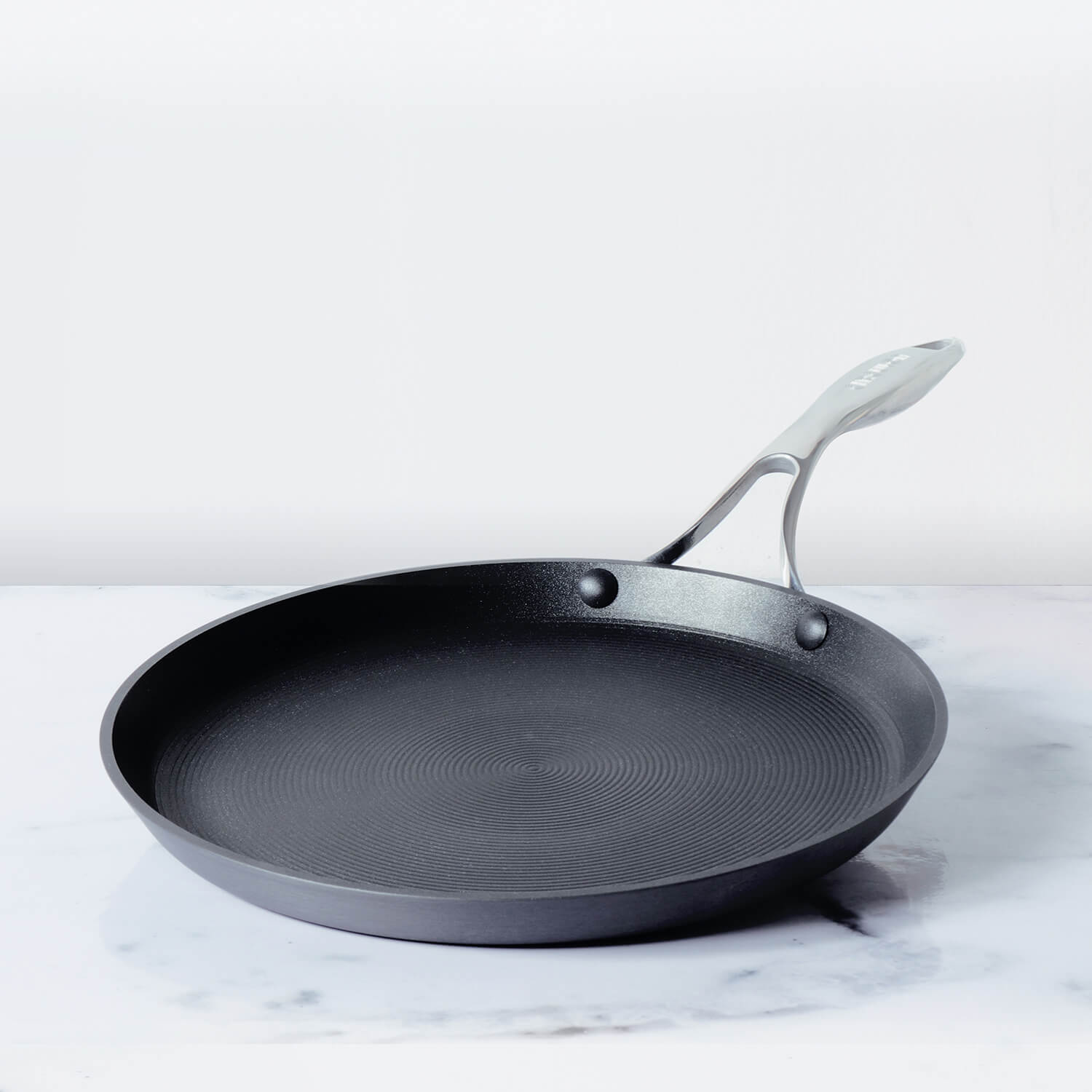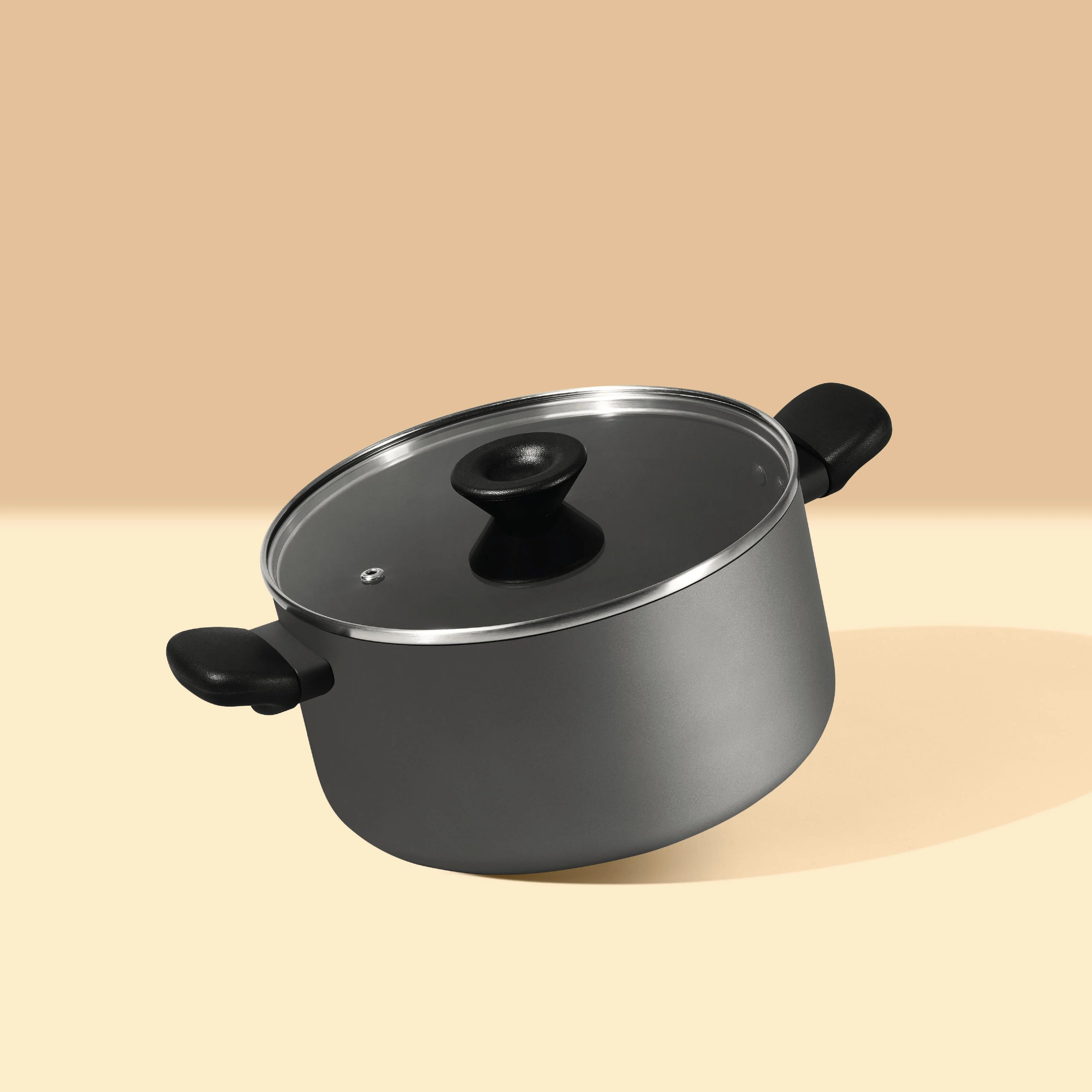When choosing a pressure cooker, one of the most common dilemmas is deciding between aluminum and stainless steel. Both materials have unique features, benefits, and drawbacks, making them suitable for different needs and preferences. Here's a detailed comparison to help you make an informed choice.
Table of Contents
- Material Composition and Properties
- Heat Conductivity
- Durability
- Reactivity with Food
- Weight and Portability
- Cost
- Maintenance and Cleaning
- Energy Efficiency
- Appearance and Aesthetic Appeal
- Environmental and Health Factors
- Longevity
- Which One Should You Choose?
- Conclusion
Material Composition and Properties
Aluminum Pressure Cookers
- Made from lightweight aluminum, known for its excellent thermal conductivity.
- Typically cheaper than stainless steel cookers.
- Susceptible to scratches, dents, and discoloration over time.
Stainless Steel Pressure Cookers
- Made from a durable alloy of steel and chromium, often with added nickel for rust resistance.
- Non-reactive to acidic or alkaline foods.
- Heavier than aluminum cookers but highly durable and long-lasting.
Heat Conductivity
- Aluminum: Superior heat conductivity, ensuring even heating and faster cooking.
- Stainless Steel: Lower thermal conductivity; often includes an aluminum or copper core for improved heat distribution.
Durability
- Aluminum: Prone to scratches, warping, and corrosion over time.
- Stainless Steel: Highly durable, rust-resistant, and maintains appearance over time.
Reactivity with Food
- Aluminum: Reactive with acidic foods; anodized coatings reduce reactivity.
- Stainless Steel: Non-reactive, preserving flavors and nutrients.
Weight and Portability
- Aluminum: Lightweight and easy to carry.
- Stainless Steel: Heavier but more stable.
Cost
- Aluminum: More affordable.
- Stainless Steel: Higher cost but longer lifespan.
Maintenance and Cleaning
- Aluminum: Requires careful cleaning; not always dishwasher-safe.
- Stainless Steel: Easier to clean, often dishwasher-safe.
Meyer Select Stainless Steel Sauteuse 20cm (Induction & Gas Compatible)
Energy Efficiency
- Aluminum: Heats quickly, reducing cooking time and energy consumption.
- Stainless Steel: Takes longer to heat, but multi-layered bases improve efficiency.
Appearance and Aesthetic Appeal
- Aluminum: Simple design, may lose shine over time.
- Stainless Steel: Sleek, modern, and retains aesthetic appeal.
Environmental and Health Factors
- Aluminum: Some environmental concerns; anodized versions are safer.
- Stainless Steel: Eco-friendly and 100% recyclable.
Longevity
- Aluminum: Shorter lifespan.
- Stainless Steel: Highly durable and lasts for decades.
Which One Should You Choose?
Choose Aluminum If:
- You want a lightweight and portable option.
- Budget is a major consideration.
- You need quick, energy-efficient cooking.
Choose Stainless Steel If:
- Durability and long-term performance are important.
- You frequently cook acidic or spicy dishes.
- You prefer a sleek, modern look and easy maintenance.
- You want a safer, non-reactive material for cooking.
Conclusion
Both aluminum and stainless steel pressure cookers have their strengths. Aluminum cookers are affordable and efficient, while stainless steel models excel in durability and safety. Choose based on your cooking habits, budget, and preferences.












Leave a comment